How To Turn Skincare Into a Sacred Self-Care Ritual
We’ve all heard of skincare as self-care, but in the hustle and bustle of our daily lives, where time slips through our fingers like sand, it can be challenging to find moments of solace and self-nurturing. That’s where mindfulness steps in. Amidst the chaos, our skincare routine can emerge as a sanctuary—a sacred ritual that extends beyond surface-level beauty. In this exploration, we delve into the profound connection between skincare and self-care, weaving in mindfulness practices and ancient-inspired rituals that elevate the essence of our well-being.
The Ritual of Cleansing
As the sun gently kisses the dawn or bids adieu to the day, the ritual of cleansing becomes a mindful journey. In the morning, it’s more than washing away the night; it’s a symbolic act of shedding yesterday’s burdens. Embrace the sensation of water, the touch of cleanser on your skin – each motion a gesture of renewal. Drawing inspiration from ancient cleansing rituals, consider infusing your routine with intention. Perhaps envision the water carrying away any negativity, leaving behind a canvas ready for the day’s artistry.
A Sacred Unveiling
In the realm of skincare, the cleansing ritual stands as a cornerstone—an intimate dance between you and your skin, a moment to shed the layers that accumulate through the day or night. Let’s delve deeper into this sacred act, exploring the tools, products, and the transformative benefits it bestows upon the skin.
Tools of Purification
Consider your choice of cleansing tools as instruments of care. From the simplicity of your hands, a vessel of touch and connection, to the luxurious softness of facial cleansing brushes, each tool imparts a unique sensation. Ancient traditions often employed natural materials like muslin or bamboo for their cleansing rituals. Modern adaptations include konjac sponges, a nod to the Japanese tradition of using konjac root for its gentle exfoliating properties.
Products as Elixirs of Renewal
The products you choose for cleansing become elixirs, infusing the ritual with therapeutic properties. From creamy cleansers reminiscent of ancient milk and honey baths to oil cleansers inspired by the wisdom of double cleansing from Korean skincare, each product tells a story. Aromatherapy joins the journey with botanical-infused cleansers, awakening the senses and turning the act of cleansing into a sensorial experience.
The Alchemy of Cleansing
As the water cascades over your face, carrying away impurities, it is not just a physical cleansing but a symbolic act of purification. The gentle massage of the cleanser invigorates the skin, promoting blood circulation and oxygenation. Ancient cultures often associated water with renewal and rebirth—consider the Japanese Misogi ritual, a waterfall purification practice symbolizing a spiritual cleanse.
Benefits Unveiled
The benefits of a mindful cleansing ritual are manifold. Firstly, it sets the stage for subsequent skincare steps, preparing the skin to absorb the goodness of serums and moisturizers more effectively. Cleansing removes excess oil, sweat, and environmental pollutants, preventing congestion and supporting the skin’s natural regeneration process.
Moreover, the act of cleansing is an act of self-respect. It communicates to your skin that you honor and care for it, fostering a positive relationship with your body. Beyond the physical, the ritual holds the potential to be a moment of mindfulness, a pause in the chaos of life.
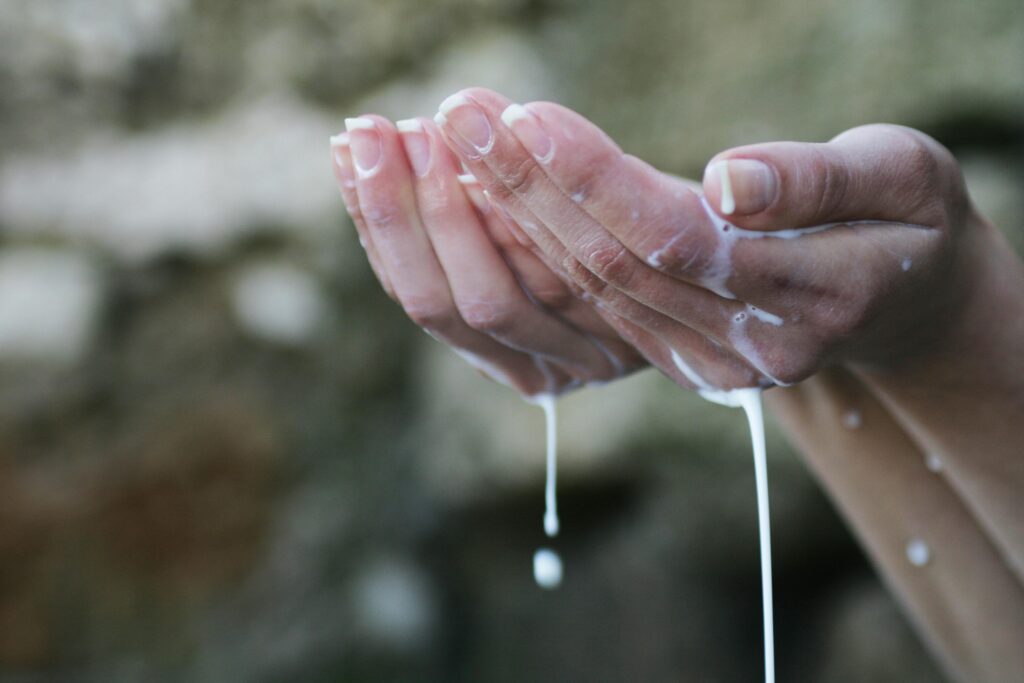
Nourishing the Temple
Our skin is a reflection of our internal well-being, and the importance of hydration and nutrition cannot be overstated. Beyond topical treatments, the foundation of radiant skin lies in nourishing from within. As you sip your morning herbal tea or relish a nutrient-packed smoothie, consider it a mindful act of self-love. In ancient traditions, the concept of beauty elixirs was revered—infusions of nature’s bounty believed to enhance vitality and radiance. Today, we echo this wisdom through superfood-rich diets and skin-loving nutrients.
Feeding Your Skin’s Soul
Once the canvas is cleansed, the sacred ritual of nourishing begins—a journey where skincare becomes a feast for the skin, a banquet of hydration and nutrients. Let’s explore the customs and practices of infusing nourishment into your skincare routine, drawing inspiration from ancient wisdom and modern revelations.
Hydration as Elixir
In many ancient traditions, water is revered as a source of life and pureness. The concept extends to skincare, where hydration is the elixir that quenches the skin’s thirst. Begin this nourishing journey with a hydrating toner, echoing the rituals of floral water spritzing in ancient cultures. Incorporate practices from Ayurveda, where the cooling properties of rose water or the rejuvenating touch of sandalwood water are celebrated.
The Art of Treatment
Treating skin with topicals and touch is not just a physical act but a symbolic embrace of self-love. Caress your skin with your hands, using salves or tools like you would anoint a sacred vessel. Consider the practices of facial gua sha—a Chinese technique that involves gentle scraping motions with a thin smooth stone, promoting lymphatic drainage and enhancing product absorption. Picture each stroke as a gesture of care, sculpting your skin with intention.
Ancient Beauty Elixirs
Explore the world of ancient beauty elixirs, where oils and potions were treasured as gifts from nature. In Ayurveda, sesame oil has been revered for its nourishing properties. Embrace the wisdom of the Egyptians, anointing your skin with the liquid gold of argan oil. Anoint your skin with the supernutrients contained in a precious bottle of Herban Wisdom® Facial Oil from Humanist Beauty. These elixirs are more than skincare; they are invitations to connect with the wisdom of the ancients, infusing your routine with timeless beauty.
Mindful Eating for Radiance
Extend the concept of nourishment beyond topical applications. What you consume reflects on your skin. In Ayurveda, the belief is that radiant skin comes from a balanced diet. Incorporate antioxidant-rich foods like berries, leafy greens, and nuts into your meals. In the spirit of mindful eating, savor each bite, recognizing that what you ingest contributes to the radiance you seek.
Cultural Nourishing Traditions
Across cultures, there are unique nourishing traditions that go beyond skincare. In Korea, the practice of “hannamubi” involves applying the essence of boiled rice water to the skin for a luminous complexion. In Japan, the consumption of collagen-rich foods like fish and seaweed is celebrated for its skin-plumping effects. Integrate these customs into your routine, weaving a tapestry of global beauty wisdom.
As you nourish your skin, consider it an act of reciprocity. Your skin, like a sacred temple, deserves offerings of love, kindness, and nutrients. Let the practices of hydrating, moisturizing, and embracing ancient elixirs be more than skincare steps; let them be rituals of nourishment, feeding not just your skin but your soul.
The Art of Mindful Moisturizing
After the canvas is cleansed and the skin is nourished, the journey of self-care continues with the art of mindful moisturizing—a deliberate and intentional act that transcends mere hydration. Moisturizing is more than just a step in the routine; it’s a gesture of self-preservation. In this section, we’ll delve into the intricacies of this ritual, exploring techniques, products, and the profound benefits it imparts to your skin and soul.
Rituals of Moisture
Imagine moisturizing not as a routine task but as a sacred dance, a symphony of touch and intention. Begin with a moment of mindfulness. Pause and appreciate the vessel that is your body. Acknowledge the journey your skin has undertaken from cleansing to nourishment. Let this awareness infuse the act of moisturizing with a sense of gratitude and connection. Consider incorporating specific gestures into your ritual. Picture a gentle pressing motion, like the petals of a flower unfolding, as you apply your moisturizer. Alternatively, indulge in a self-massage, taking the time to knead tension away from your face, neck, and décolletage. These deliberate movements elevate the moisturizing ritual from a mundane task to a transformative experience.
Techniques of Tranquility
Mindful moisturizing is about more than just slathering on a product—it’s about engaging with your skin in a way that fosters relaxation and tranquility. Begin with deep, intentional breaths. As you apply the moisturizer, synchronize your breath with your movements, creating a rhythmic flow that calms the mind. Explore the technique of acupressure, pressing specific points on the face associated with relaxation and rejuvenation. As your fingers trace these points, envision stress melting away, leaving room for a serene glow to emerge. Combine this with the use of jade rollers or gua sha tools, encouraging lymphatic drainage and promoting a sense of well-being.
Choosing Sacred Elixirs
Selecting the right moisturizer is akin to choosing a sacred elixir for your skin. Consider products with natural, botanical ingredients that resonate with your senses. Infusions of chamomile, lavender, or rose not only nourish the skin but also engage your olfactory senses in a sensory journey. Incorporate traditional beauty oils like jojoba, squalane, or rosehip seed oil. These oils, reminiscent of ancient beauty elixirs, provide deep hydration and lend a touch of luxury to your routine. The act of anointing your skin with these precious oils becomes a ceremony, a communion between you and the timeless wisdom of natural ingredients.
Benefits of Mindful Moisturizing
Beyond the surface-level benefits of hydration, mindful moisturizing offers a cascade of advantages. The intentional touch and massage can improve blood circulation, promoting a healthy complexion. The act of mindful breathing during this ritual reduces stress, contributing to a calmer mind and, consequently, a relaxed visage.
Emotionally, this practice nurtures a positive relationship with your body. It becomes a self-affirming act—a moment where you acknowledge the beauty of your skin and express gratitude for the vessel that carries you through life. Mindful moisturizing becomes an anchor, grounding you in the present and fostering a deeper connection with your inner self.

Serenity in Skincare: Face Masks and Meditation
Enter the realm of serenity by intertwining skincare with meditation. Applying a face mask becomes a meditative practice, a pause button for the mind. Picture the mask as a shield, guarding not only your skin but also your peace. Drawing inspiration from ancient mask rituals, where beauty and spirituality intertwined, let this modern adaptation be a bridge to inner tranquility. This section explores the profound connection between these two practices, each enhancing the other to weave a tapestry of tranquility for your skin and soul.
The Ritual of Masking: A Gateway to Stillness
Face masks are not mere skincare products; they are gateways to stillness—a pause in the daily hustle to indulge in self-care. Choosing a face mask becomes a mindful act, an intentional selection based on your skin’s needs and your desire for serenity. For the most conscious mask choice, opt for a rinse-off or leave-on formula—avoid ever using single-use sachets or disposable non-woven cloth masks.
Customizing the Experience
Consider customizing your masking experience to align with your emotional state. Opt for a calming lavender-infused rinse-off mask for moments of stress, or choose a brightening citrus overnight leave-on mask when you seek an invigorating lift. The selection process becomes a conscious decision to address both your skin’s requirements and your emotional well-being.
Application as a Ritual
Applying a face mask becomes a ritual of self-love. As you paint the mask onto your skin, visualize it as a protective shield, guarding not just your physical complexion but also your mental and emotional well-being. Let each stroke be deliberate, a gesture of care and devotion to yourself.
Meditation in the Mask: Finding Stillness Amidst the Clay
The application of a face mask is not merely a waiting period; it’s an opportunity for meditation. Picture the mask as a cocoon, a space of transformation and rejuvenation. As the mask dries or settles into your skin, enter a state of mindfulness.
Guided Meditation
Consider incorporating guided meditation into your masking ritual. Apps or online platforms offer short meditation sessions tailored to the time it takes for your mask to work its magic. Focus on your breath, the sensation of the mask on your skin, and visualize each inhale bringing in positivity and each exhale releasing tension.
Body Scan Meditation
Engage in a body scan meditation, directing your attention to each part of your body. As you move your awareness from head to toe, imagine the mask drawing out not just impurities from your skin but also stress and fatigue from your entire being.
Ancient Mask Rituals and Modern Adaptations
The practice of using masks for beauty and well-being dates back centuries across various cultures. From the renowned clay masks of ancient Egypt to the soothing yogurt masks of Ayurveda, these rituals have stood the test of time.
Modern Adaptations with Natural Clays
Incorporate ancient inspirations into your modern routine using different types of masks. Embrace the purifying properties of Bentonite clay, revered for its detoxifying abilities in rinse-off masks. Kaolin clay, a gentle option, mirrors the softness of ancient masks used in rituals of self-purification. Rhassoul clay, inspired by traditional Moroccan practices, provides deep cleansing while preserving the skin’s natural moisture in overnight leave-on masks.
Honey Masks and Beyond
Honey masks, while not a vegan option, have been used since ancient times for their soothing, antibacterial properties. Aloe masks offer skin-soothing hydration that helps to calm and quench dry, sensitive skin. The choice of mask becomes a bridge connecting you to the timeless wisdom of beauty rituals, where each natural ingredient carries the essence of ancient traditions.
Benefits Beyond the Surface
Beyond the visible benefits of clearer, brighter skin, the combination of face masks and meditation offers holistic advantages. The stillness cultivated during the masking process extends beyond the ritual itself, fostering a sense of calm that lingers in your daily life.
As you remove the mask, envision shedding not just impurities but also the burdens of the day. This practice becomes a reminder that self-care is not a luxury but a necessity—a moment to find serenity in the sanctuary of your skincare routine.
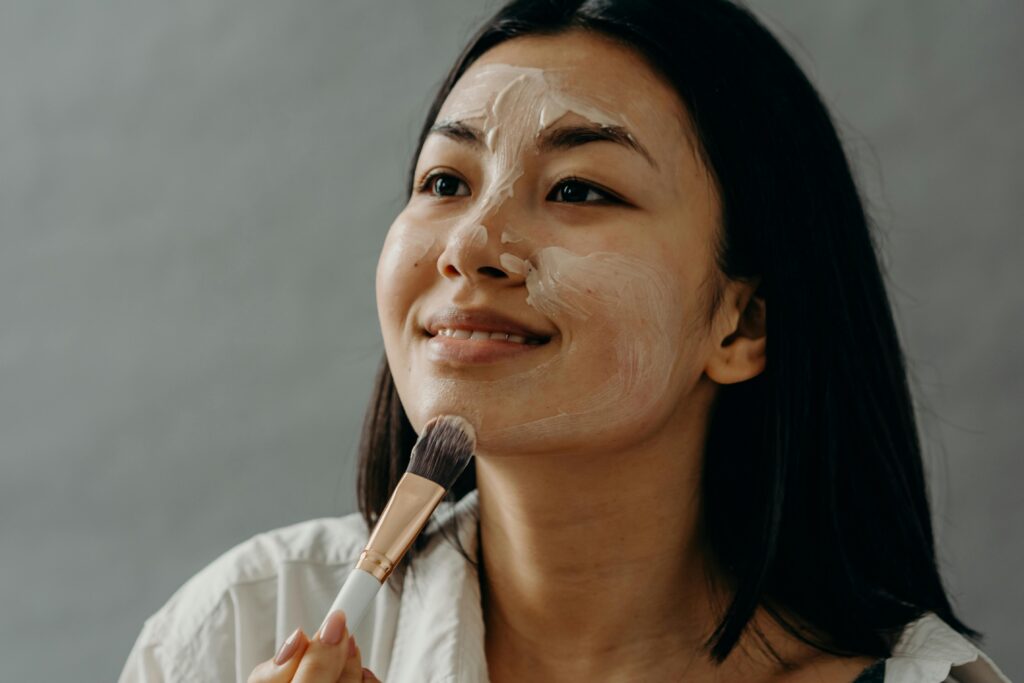
Timeless Beauty Practices from Ancient Wisdom
Ancient beauty practices are the threads that weave through time, connecting us to the wisdom of civilizations long past. This section delves into the beauty rituals of ancient cultures—Ayurveda, Chinese traditions, and Egyptian regimens—and how these timeless practices continue to inspire modern skincare routines.
Ayurvedic Wisdom: Honoring the Elements
Ayurveda, the ancient healing system from India, views beauty as an expression of inner balance. Central to Ayurveda is the concept of doshas—Vata, Pitta, and Kapha—representing the fundamental energies of the body. Embrace Ayurvedic skincare by identifying your dosha and tailoring your routine accordingly.
Balancing Act with Oils
Ayurvedic beauty rituals often involve the use of oils, such as sesame or coconut oil, to balance the doshas. First, take a test to determine your dosha, then incorporate suggested oils that align with your dosha into your routine. The Ayurvedic practice of oil cleansing or Abhyanga—a self-massage with warm oil—is a lovely way to infuse self-care into your skin care regimen. Picture each drop of oil as a nourishing potion, bringing harmony to your skin and spirit.
Ubtan: Nature’s Beauty Elixir
Ubtan, a traditional Ayurvedic mask made from herbs, spices, and grains, is a potent elixir for radiant skin. Customize your Ubtan based on your skin’s needs, embracing the therapeutic properties of ingredients like turmeric, sandalwood, and chickpea flour.
Chinese Elegance: The Harmony of Yin and Yang
Chinese beauty traditions are rooted in achieving harmony—both within the body and with the surrounding environment. Embrace the principles of Yin and Yang to cultivate balance and radiance in your skin.
Gua Sha: Sculpting Beauty from Within
Gua Sha, a Chinese facial massage technique, promotes lymphatic drainage and stimulates blood circulation. Incorporate a Gua Sha tool, often made of jade or rose quartz, into your routine. Envision it as a sculptor’s tool, shaping your facial contours and fostering a sense of inner balance.
Green Tea Elixirs
Green tea, celebrated in Chinese culture for its antioxidant properties, can be a powerful addition to your skincare routine. Use green tea-infused products or create your own green tea mask. Let the natural elixir revive your skin, mirroring the ancient reverence for this soothing beverage.
Egyptian Royalty Rituals: Gold and Essential Oils
Egyptian beauty rituals were extravagant affairs, especially among royalty. Cleopatra, the epitome of ancient Egyptian beauty, left a legacy of indulgence and opulence.
Gold-infused Elixirs
Channel the spirit of Cleopatra by incorporating gold-infused skincare. Gold is believed to promote collagen production and impart a radiant glow. Consider gold-infused serums or masks, envisioning each application as a nod to the regal beauty rituals of ancient Egypt.
Sacred Essential Oils
Essential oils, such as frankincense and myrrh, were treasured by ancient Egyptians for their aromatic and skincare benefits. Use these oils in your routine, perhaps during a calming facial massage. Picture yourself in the luxurious chambers of an ancient Egyptian queen, indulging in the scents that once graced the royal court.
Japanese Serenity: Embracing Simplicity
Japanese beauty philosophy is grounded in simplicity and respect for nature. The pursuit of “Kanso,” simplicity, guides skincare practices to enhance the skin’s natural radiance.
Double Cleansing
Double cleansing, a Japanese skincare staple, involves using an oil-based cleanser followed by a water-based one. This ritual ensures thorough cleansing without stripping the skin. Picture the oils lifting away impurities, leaving your skin pristine and in harmony with nature.
Sacred Camellia Oil
Camellia oil, revered in Japan for centuries, is rich in antioxidants and vitamins. Use camellia oil as a moisturizer, appreciating its lightweight yet deeply nourishing nature. Let it be a reminder of the simplicity and elegance celebrated in Japanese skincare.

In the symphony of our daily lives, our skincare routine emerges as a harmonious melody—an intricate composition of self-care, mindfulness, and ancient wisdom. Let every drop of serum, every stroke of the jade roller, be a note in this symphony. As you unveil your radiant skin, remember that it’s not just about beauty; it’s about embracing the profound connection between caring for your skin and nurturing your soul. May your skincare ritual be a sacred journey, an ode to the beauty within, and a timeless affirmation of self-love.

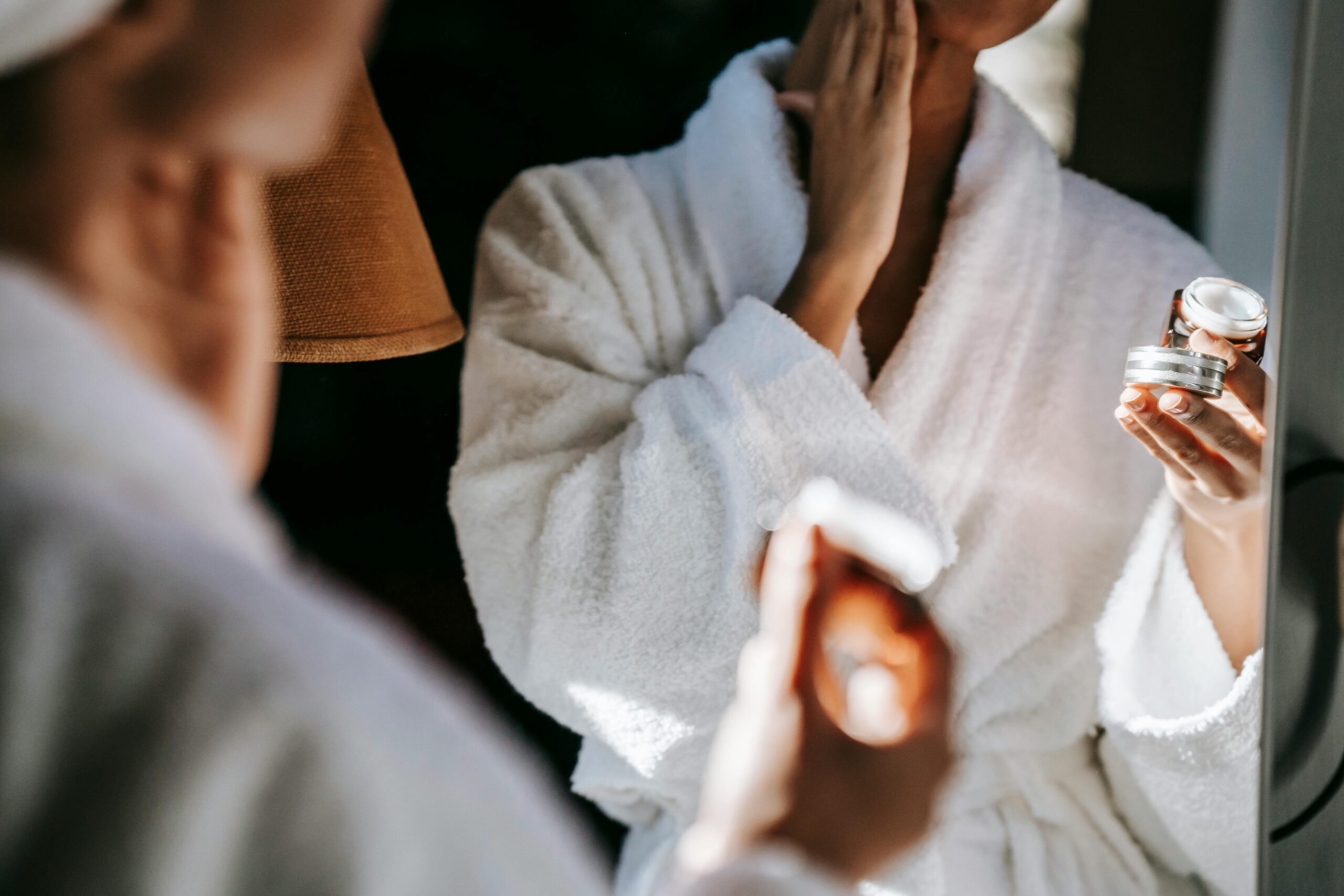
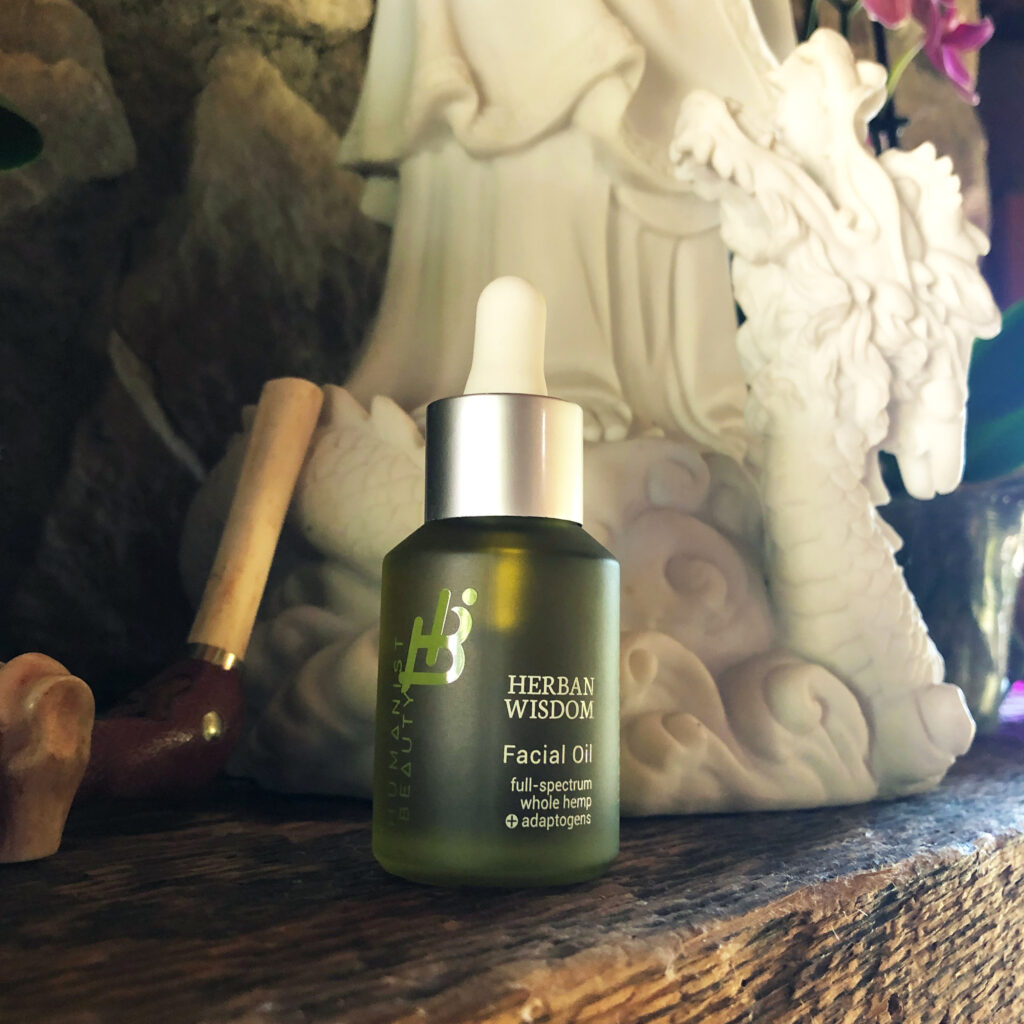
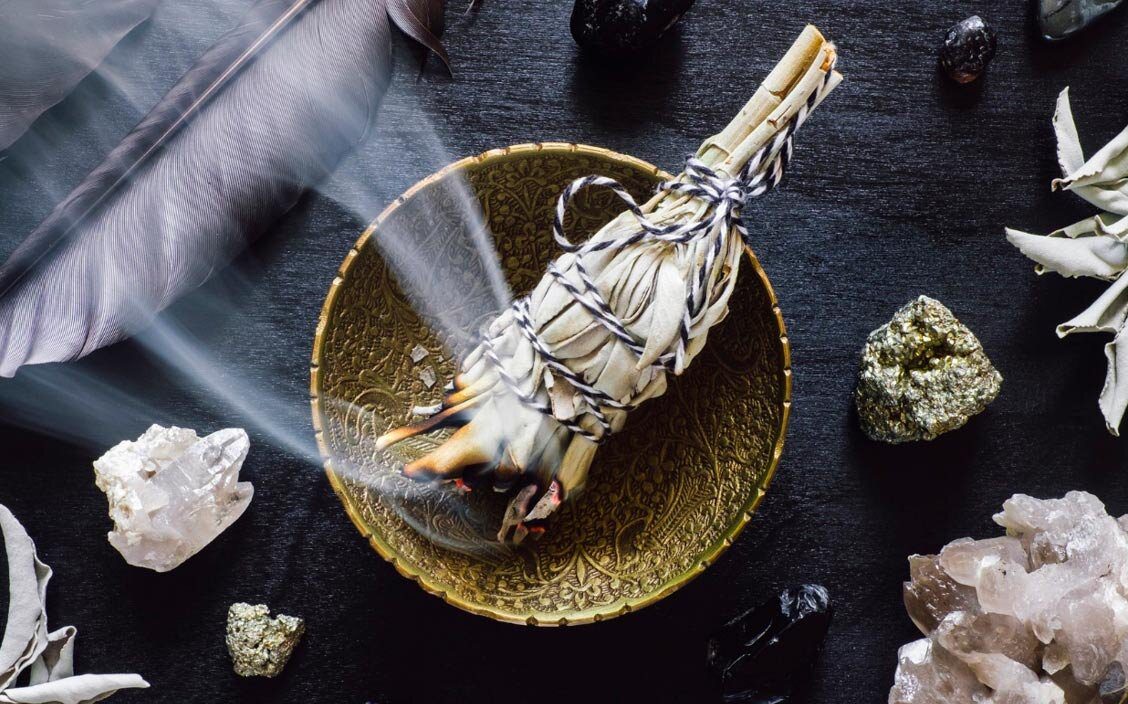




 Source:
Source: 







